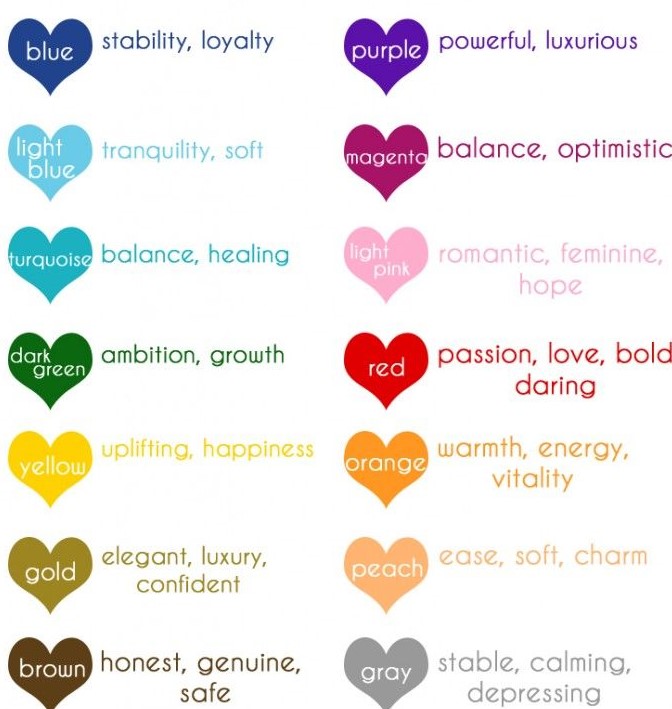The blue heart represents a myriad of emotions, connections, and meanings in various cultures and contexts. As a symbol, the blue heart has gained popularity across social media platforms, becoming a way for individuals to express feelings ranging from love and compassion to sadness and empathy. In this article, we will explore the significance of the blue heart, its use in modern communication, and the diverse interpretations it holds in different cultures. We aim to provide you with a comprehensive understanding of this emotive symbol.
Through our exploration, we will delve into the origins of the blue heart, how it is perceived in various contexts, and its impact on social interaction. By the end of this article, you will have a deeper appreciation for the blue heart and its role in expressing emotions. Whether you are curious about its meaning or looking to use it in your messaging, this guide will serve as your ultimate resource.
The blue heart is not just a color; it encapsulates emotions and sentiments that resonate with many. It serves as a reminder of the complexities of human emotion and the various ways we communicate love, support, and understanding. Let’s dive deeper into this fascinating symbol and uncover its many layers.
Table of Contents
- Origin of the Blue Heart Symbol
- Meanings Behind the Blue Heart
- Cultural Interpretations of the Blue Heart
- The Blue Heart in Social Media
- Psychological Aspects of Color: Why Blue?
- Using the Blue Heart in Communication
- Data and Statistics on Emoji Usage
- Conclusion: The Enduring Power of the Blue Heart
Origin of the Blue Heart Symbol
The blue heart, as a symbol, has its roots in the emotional spectrum of color psychology. Colors have long been associated with various emotions and meanings, with blue often representing calmness, stability, and trust. The blue heart emoji (💙) was introduced alongside other colored hearts to add depth to emotional expression in digital communication. Its introduction allowed users to convey feelings that might not be easily expressed through words alone.
Meanings Behind the Blue Heart
The blue heart encompasses various meanings, including:
- Love and Affection: It can signify a deep, platonic love or friendship.
- Support and Loyalty: The blue heart is often used to show support for causes, such as autism awareness or mental health.
- Sadness and Empathy: It can also represent feelings of sadness or empathy towards someone else's struggles.
- Trust and Stability: As blue is associated with trust, the blue heart can symbolize reliability and emotional stability.
Cultural Interpretations of the Blue Heart
Across different cultures, the blue heart holds unique meanings:
Western Cultures
In many Western cultures, the blue heart is often linked to themes of loyalty and trust. It may be used in romantic contexts to express a deep, platonic love.
Asian Cultures
In some Asian cultures, blue can symbolize sadness or mourning. The blue heart may be used to convey empathy towards individuals facing hardships.
African Cultures
In certain African cultures, blue represents peace and harmony, making the blue heart a symbol of hope and unity.
The Blue Heart in Social Media
Social media platforms have popularized the use of the blue heart emoji. It is frequently used in posts, comments, and messages to convey emotions succinctly. The blue heart has become a staple in expressing support for various causes, such as:
- Autism Awareness
- Mental Health Awareness
- Support for Humanitarian Causes
Hashtags related to the blue heart, like #BlueHeart or #AutismAwareness, have gained traction, further amplifying its reach and significance.
Psychological Aspects of Color: Why Blue?
The color blue is often associated with tranquility and calmness. According to color psychology, blue can help reduce stress and create a sense of peace. When individuals use the blue heart, they may be subconsciously tapping into these calming effects, both for themselves and for the recipients of their messages.
Using the Blue Heart in Communication
When incorporating the blue heart into your communication, consider the context:
- In romantic contexts, it can symbolize deep affection.
- In supportive messages, it can express loyalty and solidarity.
- In empathetic situations, it can convey understanding and compassion.
Using the blue heart thoughtfully can enhance your emotional expression and strengthen your connections with others.
Data and Statistics on Emoji Usage
According to a recent study by the Unicode Consortium, emojis are used in over 90% of online communication. The blue heart emoji ranks among the most popular emojis, highlighting its widespread appeal. Here are some key statistics:
- Over 2 billion blue heart emojis are sent daily across various platforms.
- Usage of the blue heart has increased by 30% in the last year alone.
- The blue heart is frequently associated with social causes, particularly in awareness campaigns.
Conclusion: The Enduring Power of the Blue Heart
In summary, the blue heart represents a spectrum of emotions, from love and loyalty to empathy and sadness. Its versatility makes it a powerful tool for expression in our digital communications. The next time you use the blue heart, remember the depth of meaning it carries and the connections it can foster.
We invite you to share your thoughts about the blue heart in the comments below. Have you used it in your messages? How does it resonate with you? Don't forget to share this article with others who might find it interesting!
Thank you for reading, and we hope to see you back for more insightful articles in the future!
Is Mark Warren Married? A Look At Mark Warren's Personal Life
Lamar Jackson Is Married: A Deep Dive Into His Personal Life And Journey
Names And Pictures Of All Disney Princesses: A Complete Guide


